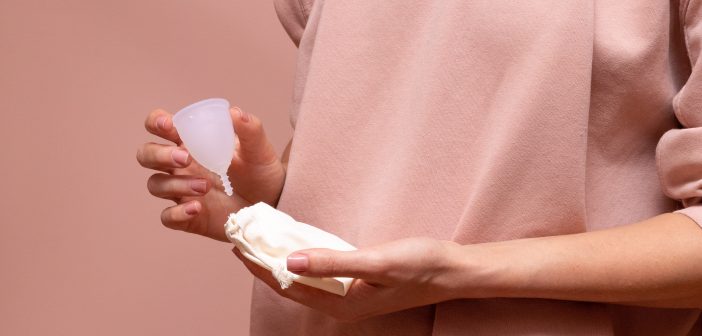The average age that a woman gets her first period is 12-years-old. Considering that a period lasts an average of five days and each person uses approximately four pads a day, that makes 240 disposable pads a year, per person. Over the course of 40 years, that amounts to a grand total of 9,600 blood-stained, plastic-ridden pads in a landfill. Yes, you read that right, pads contain plastics, or in most cases are made of plastics (rayon and or other super absorbent polymers). And just to drive that point home, it’s estimated that these pads take between 500 and 800 years to decompose.
All of which is to say that we might want to start looking at other, more sustainable options to the default disposable pad.
Jingkids found some alternative period care products available right here in Beijing and decided to ask our teen interns whether or not they would use them.
Scan the QR code below and find out what they had to say!

Reusable pads function pretty much like the disposable kinds, albeit with one significant difference: you wash them instead of throwing them out. I just run it under tap water in the sink until the water runs clear, and then toss them in with my regular underwear for laundering. No matter how much you want to boil these, the general recommendation is to wash them in water no warmer than 40 degrees Celsius and then air dry them. These washing directions apply to the period underwear too.
As for menstrual cups, aside from rinsing them after you “do the pouring thing” to get the blood out, I put the cup in a small pot of boiling water for under a minute after my period. I’ve heard stories of it melting in the pot if you forget about it though, so some folks opt to put it in a cup of water and microwave it for a minute.
Have you used any of these products? What do you think? Let us know in the comments below!
KEEP READING: The Bloody Truth About Periods: Everyone Needs to Know
Images: Unsplash




